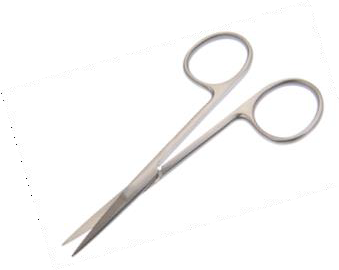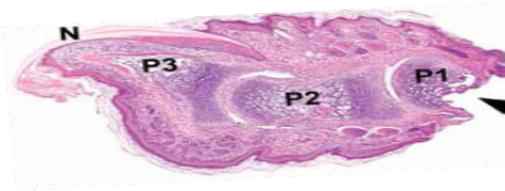

Institutional Animal Care and Use Committee Policy and Standard Operating Procedure
Mouse and Rat Toe Clipping
Background:
The Guide for the Care and Use of Laboratory Animals (the Guide, NRC 2011) states: “As a method of identification in small rodents, toe-clipping should be used only when no other individual method (ear tag, ear punch, microchip or tattoo) is feasible.” (pg. 75)1
IACUC Policy:
The UTHSC IACUC and LACU regard toe clipping as a potentially painful procedure2. In neonates especially, the pain/distress is largely a result of the physical restraint. Toe clipping is only allowed when no other individual identification method is feasible. This procedure MUST be justified in individual protocols and is only permissible when approved by the IACUC. Toe clipping can be performed on conscious neonatal mice and rats prior to postnatal day (PND) 12, with optimal age prior to PND 72,3. Whenever possible, removed toe tissue should be used as a part of the genotype analysis technique, thus reducing the amount of additional tissue needed to be collected. Only one toe per animal may be amputated. LACU offers training for this procedure and all personnel performing this procedure must have training and proficiency documented in their individual training records.
Toe Clipping Procedure:
- Restrain pup by the scruff in gloved hand.
- Identify toe to be clipped and clean with 70% alcohol wipe.
- Using sterilized sharp scissors or a sterile #15 scalpel blade, remove the single identified toe between the distal (P3) and middle phalange (P2).
- DO NOT remove the entire digit.
- Hemostasis should be achieved by applying digital pressure with sterile gauze or by the use of a silver nitrate stick.
- Assess that all bleeding has stopped, then return pup to the box with its dam.
- Where required, place removed toe in labeled collection tube for use in PCR genotyping.
Recovery: Check all boxes of pups that were clipped for hemostasis and return to nursing prior to leaving the housing location.
Notes: ONLY one toe per animal can be clipped.
If possible, amputations should be limited to rear paws for better control of forepaws for eating/nest building/foraging. NEVERcutthesmallmostmedial/innertoe (thumb/dew-claw) oftheforelimbs.
Failure tosterilize instrumentsbetweenindividualpupsmaycause DNAcross-contaminationbetweensamples. This procedure can be done without anesthesia.
Exceptions to the maximum age of the animal undergoing toe clipping will not be approved.
The IACUC cautions against the indiscriminate use of toe clipping in animals scheduled for behavioral research. Some studies have demonstrated decreased grip strength in toe-clipped animals, depending on the age when the toes were removed2.
References:
- Guide for the Care and Use of Laboratory Animals, National Research Council, National Academy Press, 2011.
- Schaefer DC, Asner IN, Seifert B, Burki K, Cinelli P. 2010. Analysis of Physiological and Behavioral Parameters in Mice After Toe Clipping as Newborns. Lab Animals 44:7-13.
- Castelhano-Carlos MJ. Sousa N, Ohl F, Baumans V. 2010. Identification Methods in Newborn C57BL/6 Mice: A Developmental and Behavioral Evaluation. Laboratory Animals 44:88-103.
Approved: September 2014






